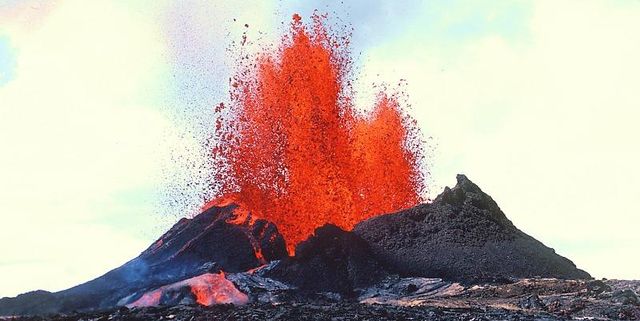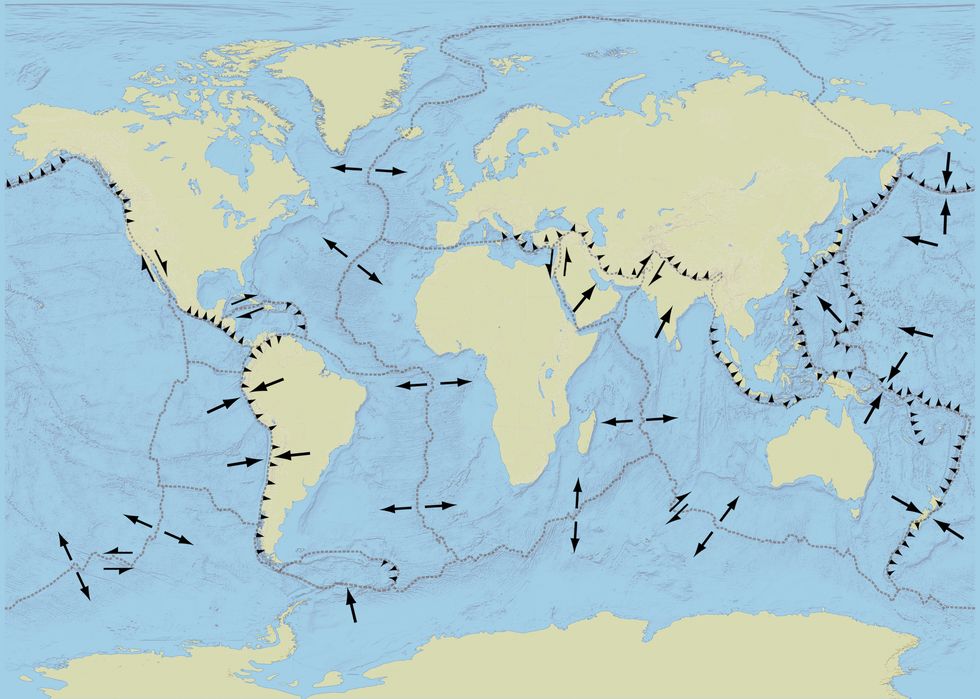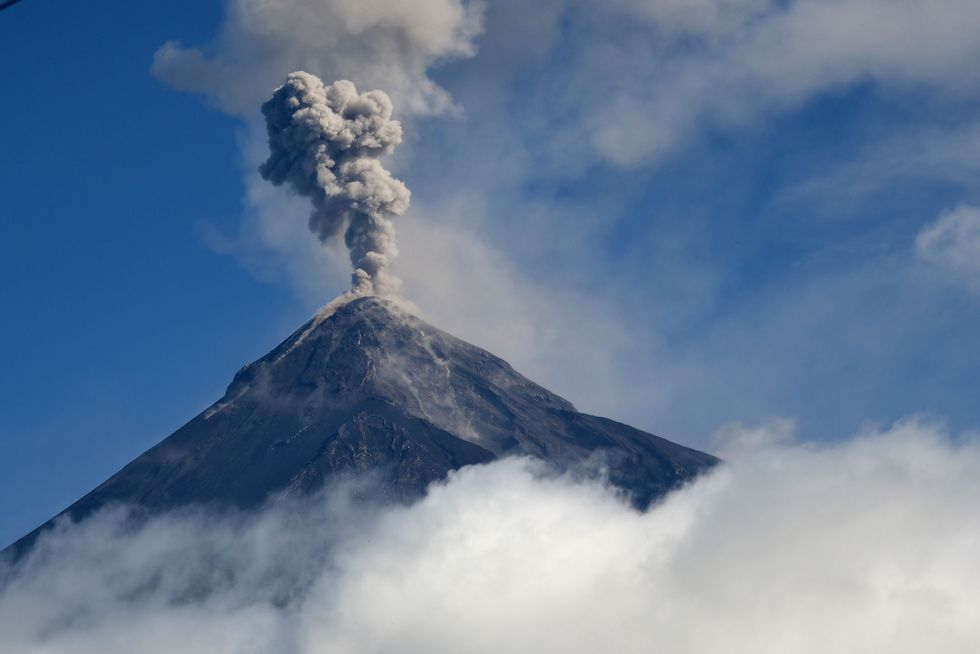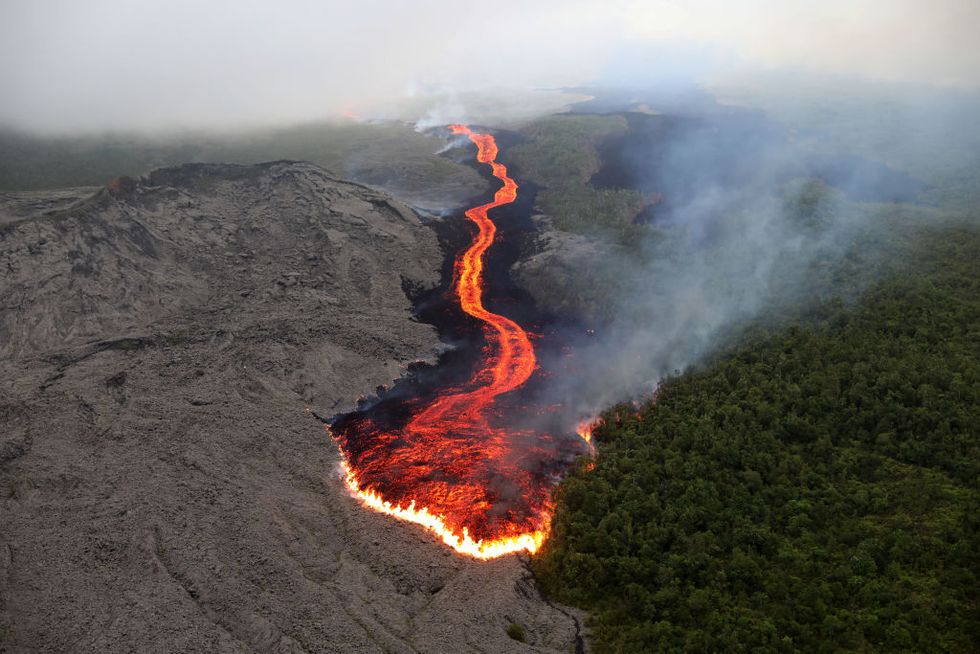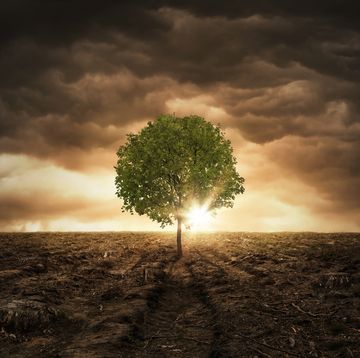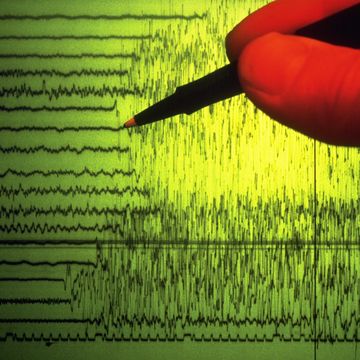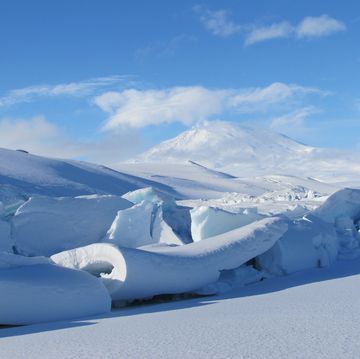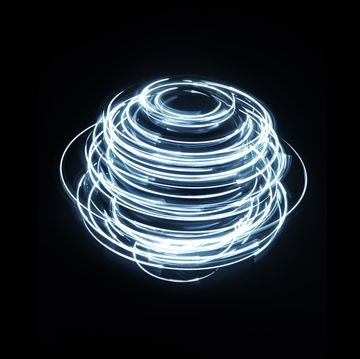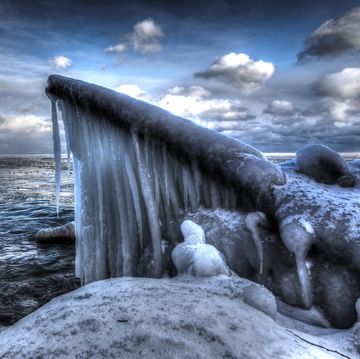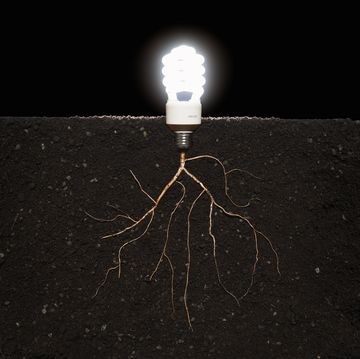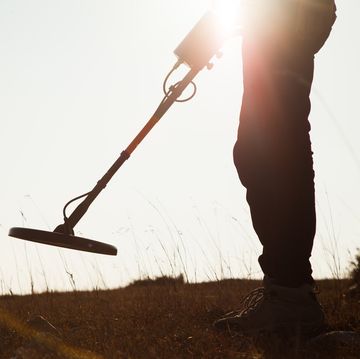Earth has four main layers.
Earth’s innermost layer is a solid core made from iron. It’s outer core is a molten mixture of iron and nickel. These layers are surrounded by Earth’s mantle, the mushy layer of molten rock that feeds Earth’s volcanoes. And finally, the lithosphere consists of Earth’s upper mantle and crust.
So what exactly is a volcano? It’s essentially just an opening on Earth’s surface where molten rock that is piped up from the upper mantle pours out. Beneath the Earth’s surface, that molten rock is referred to as magma, but once it erupts, it’s called lava.
Over 1,500 volcanoes dot Earth’s surface, and can be found on every continent and all across the ocean. There are between 50 and 60 volcanoes that erupt around the globe each year, according to the U.S. Geological Survey. Why do they form where they do? It all has to do with plate tectonics.
Location! Location! Location!
Earth’s crust is made up of tectonic plates that creep in all directions across the planet, traveling as much as a few inches per year. Volcanoes most often form where tectonic plates—thick slabs of crust on the Earth’s surface—meet.
At divergent plate boundaries, where these plates move away from each other, Earth’s crust is thin and susceptible to the intrusion of magma from down below. The East African rift zone, for example, has produced a number of volcanoes this way. Often these volcanoes are a type of long, sloping volcano called a shield volcano. Erta Ale in Ethiopia and Laki in Iceland are good examples.
At convergent plate boundaries, one tectonic plate slides beneath another, melting as it sinks back into the mantle. This molten rock begins to melt the rock above it, and that melted rock, less dense than the hard rock around it, rises. Volcanoes in Japan, along the Cascades in the United States, and along the west coast of South America are good examples of this. Many of the volcanoes at these locations are a type of steep-sided volcano called a stratocone.
There are also hot spots around the planet, places where molten rock seeps up through thin regions in Earth’s crust. Many of these hotspots occur far away from tectonic plate boundaries. Hawaii, for example, is in the middle of the Pacific plate, and its active volcanoes are fed by a long conduit of magma that is piped up from the mantle. The volcanoes in Iceland are unique because they form from two different types of tectonic settings: a hotspot and divergent plate boundary.
It's All About Gas
But why do they blow their tops when they do?
Gas! Molten rock that is more buoyant than the rock around it creeps up to the surface, carrying dissolved gases like water vapor, carbon dioxide, and sulfur dioxide with it. Sometimes, magma is injected into existing magma chambers, causing older molten rock to rise to the surface and erupt.
How easily the gases within a magma source can escape (as well as the type of minerals it is made of) often defines what type of volcano it will become. Will it erupt explosively like Mt. St. Helens or effusively like Kilauea? Will it form a stratocone like Mt. Fuji or a shield volcano like Fernandina in the Galapagos Islands.
If the magma is thick and goopy, those gases can become trapped and start to build pressure below the volcano. Often, the lava that erupts from these volcanoes is a highly viscous mixture of gas, ash, and rock. Eruptions from volcanoes like these are highly explosive. Because the lava is so thick and viscous, it piles up along the vent, creating the characteristic cone shape.
Some of these eruptions are so explosive, that the top of the volcano collapses, creating a large caldera, like Yellowstone and Crater Lake.
Some volcanoes—think Hawaii’s Kilauea—erupt runny lavas with lower viscosity. Gas can easily escape from these lavas, and their eruptions are less explosive. These soupier lavas travel further and create the broad, sweeping shield form.
Can We Predict Eruptions?
Well, no. But volcanic forecasting technology has gotten a lot better in recent years. Now, scientists are able to look at the warning signs—higher gas emissions, ground deformation, and increased seismic activity—for clues about whether a volcano may soon erupt.
There’s no doubt that volcanoes can produce dangerous eruptions, but they also create new land, provide nutrient-rich soils for farmers, and can supply communities with geothermal power. Studying how and why volcanoes erupt can help humans learn to adapt to their ever-changing environment.
Jennifer Leman is a science journalist and senior features editor at Popular Mechanics, Runner's World, and Bicycling. A graduate of the Science Communication Program at UC Santa Cruz, her work has appeared in The Atlantic, Scientific American, Science News and Nature. Her favorite stories illuminate Earth's many wonders and hazards.
